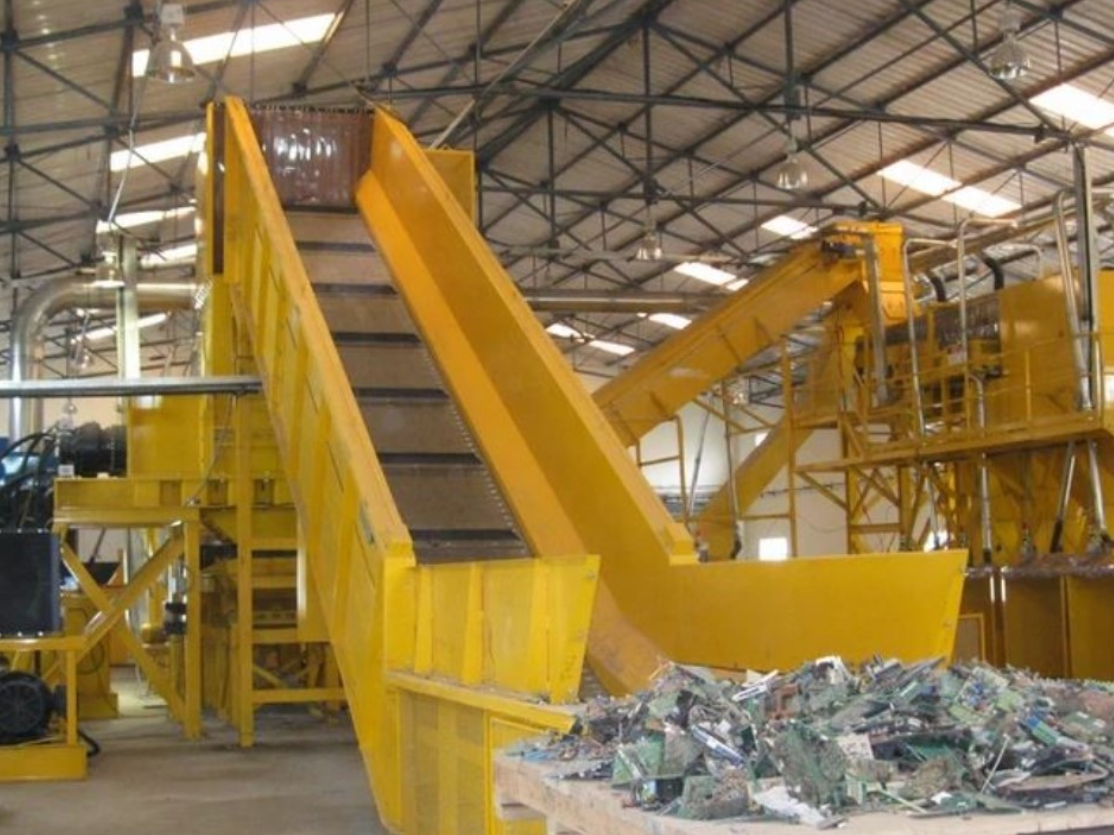Attero, a company that specialises in electronic waste and battery recycling, intends to allocate approximately INR 8,300 crore over the next five years to enhance its operational capacity, according to Nitin Gupta, the CEO and Co-Founder.
Currently, the company is capable of recycling up to 1,44,000 tonnes of electronic waste (e-waste) and 15,000 tonnes of lithium-ion batteries annually.
“In the next five years, we will obviously be investing roughly around $1 billion overall, including all forms of capital – debt, equity and sort of other non-diluted forms of capital,” said Gupta.
He mentioned that the company is growing 100 percent year-on-year and gradually increasing capacity.
“A greenfield facility in Europe will come up in Poland. Work has already started there. In India, we are building another greenfield facility. We are finalizing the space in Andhra Pradesh/Jharkhand. Our e-waste (recycling) capacity will get to roughly around 4,15,000 tonnes per annum. Our battery (recycling) capacity will broadly reach around 50,000 tonnes per annum in a year,” he added.
The company has set a target to cross $2 billion, which is about INR 16,500 crore revenue by 2027.
Talking about the industry’s growth he said that the industry is growing at roughly around 30 per cent per annum, growing at more than 100 per cent YoY. “We had revenue of around Rs 285 crore in financial year 2023 and Rs 440 crore in FY24. This year we expect to cross Rs 1,000 crore in revenue. To achieve the $2 billion target, we just need to invest a few hundred crores to ramp up capacity.”
He claimed that every other Indian company produces an intermediate product that gets further refined either by Attero or companies outside India.
“Globally, our competitors are sitting at less than 75 per cent extraction efficiency, whereas we are at 98 per cent. Our capex requirement for extraction is around $3,250 per tonne, whereas the global capex per tonne is between $5,500 to 10,000. We have the lowest opex in the world,” Gupta said.
He asserted that Attero currently holds a 25 percent market share, a figure projected to rise to 35 percent next year. In contrast, the company’s closest competitor commands less than 10 percent of the market share.
(With inputs from PTI)



